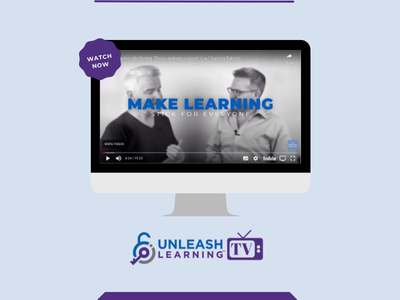
With nearly 20 years in the field of education, having worked with students, teachers, and educational leaders in various capacities in both the United States and now Australia, I have come to understand one important thing:
If you are a teacher, counsellor, principal, social worker, district or regional advisor, principal or school administrator, or have any involvement with the education of young people, then who you really are is a storyteller.
Whether we name ourselves or see ourselves as a storyteller or not, our work, our lives, our school or our school district, is weaving stories of possibility for the young people we work with.
We might think that we are teaching “only” mathematics, health science, history, or technology, but ultimately our work, our school, our curriculum, and our school district places students into a story.
Through the story of schooling, students learn who is included, who is heard, who is seen, who is valued, and who is considered “smart”, which can conflict, further support, or transform their own stories of possibility.
The educators I meet who know they are storytellers understand that for students to dream of what is possible, they must consistently see their identities reflected in all that is possible.
To do this, they ensure the textbooks their students use, the novels their students read, the images their students are surrounded by, and the resources their students engage with, reflects diverse identities and diverse possibilities.
To do this, they create classrooms where collaboration, community, diversity, social justice, and academic rigour are the norm.
To do this, they transform education as information to be “delivered” to students, into classrooms where knowledge is co-created with students. And in doing so, the storytellers I meet are creating the stories that are helping us all find our way!
Questions to ask to be a storyteller:
1 Look at the walls of your school, office, or classrooms, or community group? What images, statements, signs, or posters are on the walls? Whose stories are told? Which communities are represented? How diverse of these images? Which stories could be added?
2 Who are the main characters in the novels that students read? Which communities are represented in the textbooks that are used in mathematics, science, history, etc?
3 Knowing that identities always matter, how is race, religion, sexual orientation, gender, ability, language, nationality, etc. part of the narrative of your school location? What story is being told? Who benefits from these stories?
4 What resources, experiences, and educational opportunities can you create that turns education into a dream factory for what is possible?


